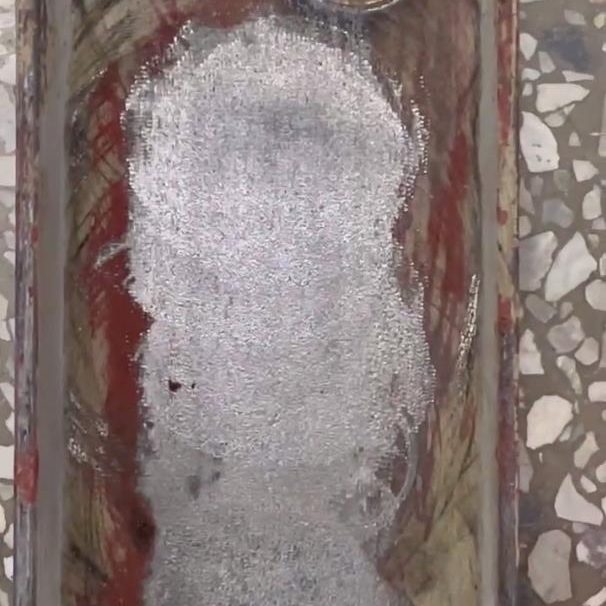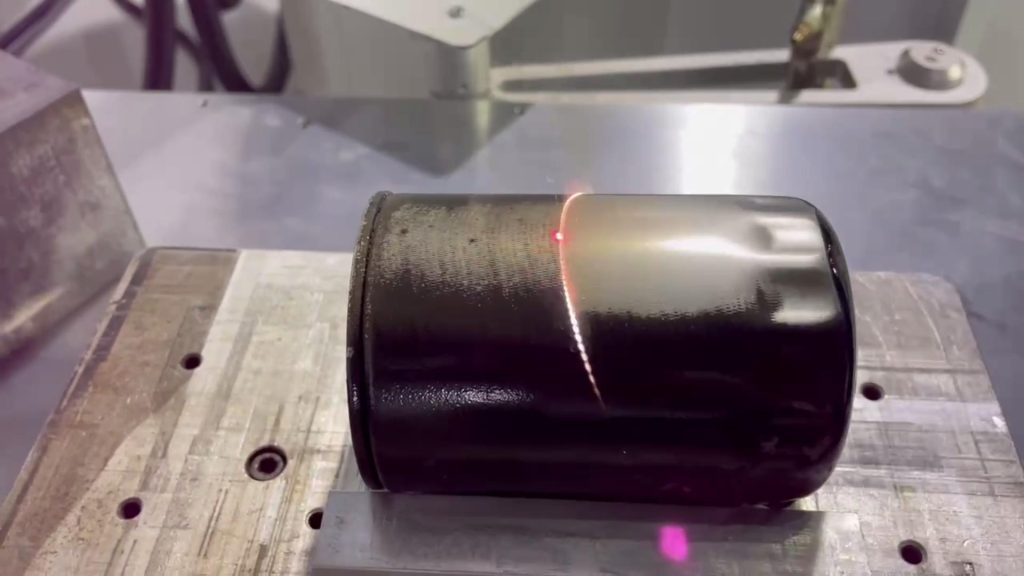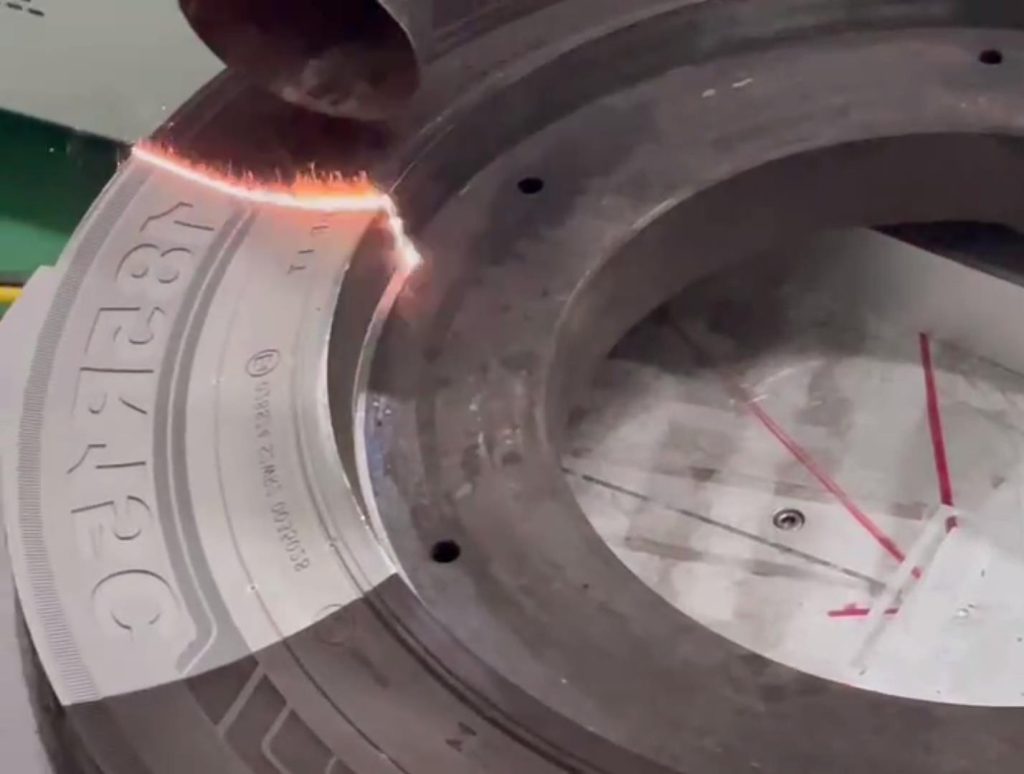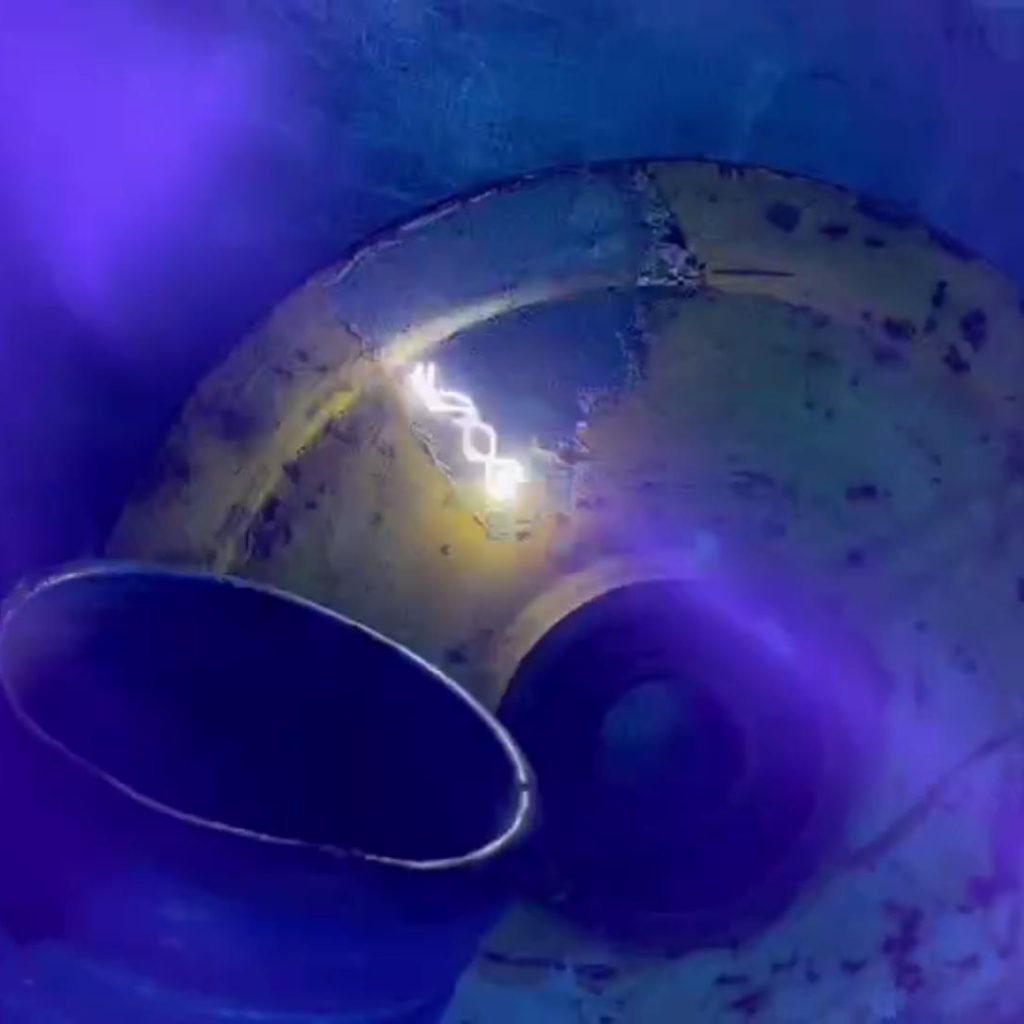Laser cleaning is a laser application technology, which is used in industry, biology, medicine, and military.
The scientific name of laser cleaning is Laser ablation. Laser ablation or photoablation is the process of removing material from a solid (or sometimes liquid) surface by irradiating with a laser beam. At low laser flux, the material is heated by the absorbed laser energy and evaporates or sublimates. Under high laser flux, the material is usually converted to plasma. Generally, laser ablation refers to the removal of material with a pulsed laser, but if the laser intensity is high enough, a continuous wave laser beam can be used to ablate the material. Deep-ultraviolet excimer lasers are mainly used for photoablation. The wavelength of the laser used for photoablation is about 200 nm.
Principle of laser cleaning
Military
A laser gun that often appears in movies. It is laser ablation that transfers momentum to the surface, and the effect is similar to hitting the surface with a hammer. Because the ablated material will apply high-voltage pulses to its lower surface as it expands. This process is used in industry to harden the metal surface, as a weapon is a laser weapon.
Medical treatment
Speaking of laser cleaning, many people think of tattoo removal, etc. It uses CO2 or Nd: YAG pulsed laser to clean the surface, remove pigmentation, improve the appearance of scar tissue (cannot be cured), and reshape the outer layer of the skin. Damage the outer bottom table. In fact, it is used in many medical specialties, including ophthalmology, general surgery, neurosurgery, otolaryngology, dentistry, oral and maxillofacial surgery, and veterinary medicine. The laser scalpel is used to ablate hard and soft tissues. Some of the most common medical applications that use laser ablation include LASIK, skin resurfacing, cavity preparation, biopsy, and tumor and lesion removal. In soft tissue surgery, the CO2 laser beam simultaneously ablates and cauterizes, making it the most practical and common soft tissue laser. There are several types of lasers used in medicine, including argon, carbon dioxide (CO2), dyes, excimer, Nd:YAG, etc.
Laser cleaning can be used for benign and malignant lesions of various organs, which is called laser-induced interstitial hyperthermia. The current main applications include the reduction of benign thyroid nodules.
Laser ablation is also used to treat chronic venous insufficiency.
Industry
Laser cleaning has great applications in industry. Compared with traditional cleaning methods such as mechanical friction cleaning, chemical corrosion cleaning, liquid solid strong impact cleaning, and high-frequency ultrasonic cleaning, laser cleaning has obvious advantages.
- Laser cleaning is a “green” cleaning method. It does not need to use any chemicals and cleaning fluids. The cleaned waste is basically solid powder, small in size, easy to store, recyclable, and can easily solve chemical cleaning belts. The coming environmental pollution problem;
- Traditional cleaning methods are often contact cleaning, which has mechanical force on the surface of the cleaned object, damages the surface of the object or the cleaning medium adheres to the surface of the object to be cleaned, and cannot be removed, resulting in secondary pollution. Laser cleaning is non-abrasive. And non-contact makes these problems easy to solve;
- Laser can be transmitted through optical fiber, coordinated with robots and robots, it is convenient to realize long-distance operation, and can clean parts that are not easily reached by traditional methods. This can ensure the safety of personnel when used in some dangerous places;
- Laser cleaning can remove various types of contaminants on the surface of various materials to achieve a cleanliness that cannot be achieved by conventional cleaning. And it can also selectively clean the contaminants on the surface of the material without damaging the surface of the material;
- Laser cleaning efficiency is high, saving time;
- Although the initial investment of laser cleaning system is relatively high, the cleaning system can be used stably for a long time, the operating cost is low, and only electricity bills are required per hour.
Simply put, it is particularly suitable for metals, ceramics, tire rubber, etc., with low cost and good effect without damaging the substrate.
Tire mold and other mold cleaning
Every year, tire manufacturers all over the world manufacture hundreds of millions of tires. The cleaning of tire molds during the production process must be rapid and reliable to save downtime. Traditional cleaning methods include sandblasting, ultrasonic or carbon dioxide cleaning, etc., but these methods usually have to be moved to the cleaning equipment for cleaning after the high-heat mold has been cooled for several hours. The cleaning takes a long time and easily damages the accuracy of the mold. , Chemical solvents and noise will also cause safety and environmental issues. Using the laser cleaning method, because the laser can be transmitted by optical fiber, it is flexible in use; because the laser cleaning method can be connected to the optical fiber to clean the light guide to the dead corner of the mold or the part that is not easy to remove, it is convenient to use; No gasification, so no toxic gas will be produced, which will affect the safety of the working environment. The technology of laser cleaning tire molds has been widely adopted in the tire industry in Europe and the United States. Although the initial investment cost is relatively high, the benefits of saving standby time, avoiding mold damage, working safety and saving raw materials can be quickly recovered. According to the cleaning test conducted by the laser cleaning equipment on the tire company’s production line, it only takes 2 hours to clean a set of large truck tire molds online. Compared with conventional cleaning methods, the economic benefits are obvious.





